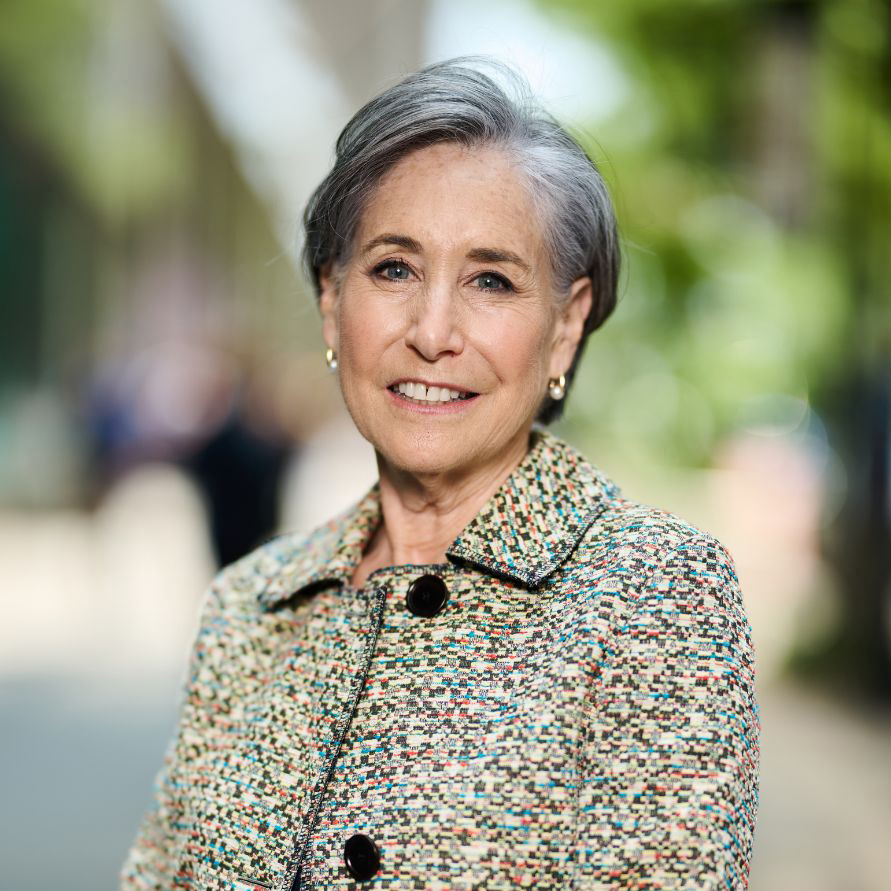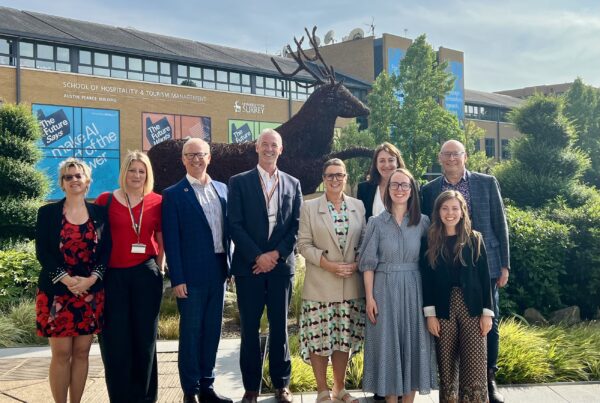What is an omni-channel university?
It has been so much a feature of global higher education that it allows lives to be transformed by what has become an engine of change. But there is abundant evidence of that engine beginning to slow down.
The variety of public and private universities, have been added to by for-profit providers, and more recently by technology companies as facilitators of learning by others, or as providers of learning themselves. They together all form a part of the higher education innovation landscape with no one perfect way of delivering outcomes for a growing and more diverse landscape of learners.
The growing needs for skills and talent actually means we need it all to succeed and all to fire well. This includes from the high reputation and long-established providers and the many exciting and shiny new ventures.
Sometimes they can come together to make a bouquet of collaborators in a consortium as was the case in the early venture of Fathom across universities in the UK and US and public libraries and museums in both countries. They are a feature of how EdTech companies including OPM providers such as OES work with universities around the world in serving the need for skills and learning.
This collaboration between multiple forms of providers is needed to counter the great upheaval that Levine and Van Pelt have observed of a public loss of confidence in the cost, value and relevance of higher education when delivered in ways that leads to poor student support and less than satisfactory student experiences.
These have been accelerated by recent global events and the pandemic followed by the accelerated changes in technology that have come with generative AI. Together they have been likened to both left and right hooks to higher education’s face that have pushed this upheaval over the edge.
Some would argue that a response can be seen as borrowing from the retail concepts of omnichannel delivery. Retailers have adopted a model where customers are able to buy online or instore. The seller accepts that both are possible, and desirable and in a state of balance and continuous adjustment. The vendor is indifferent to the mode of delivery and purchase.
In this model, the buyer chooses the mode of accessing the product in an undifferentiated array of physical and virtual platforms and the vendor adapts to the customer needs. It entails meeting customers where they’re at whether online or instore.
Higher education is far from the omnichannel model at present. Many universities have established sophisticated online offerings often in partnership with EdTech providers. Some of the universities that have got closest to an omnichannel model have established sophisticated learning innovation units and strong partnerships with EdTech eco-systems. But the challenge of integrating that offering with their on campus and face to face models of delivery, and the systems that sit across the two, are significant.
Others have made less progress towards the omni-channel model and are even moving further away from it. When the University of California system resolved to preclude the possibility for its students to choose a pathway through only its online courses it was explicitly preventing the possibility of one channel being open to learners preferences. It was indicating it believed such an overall experience was less rigorous. This is despite plentiful research demonstratingthe validity of online learning generally and it being more effective in some circumstances than face to face learning.
In these circumstances the decision by the University of California system might seem inexplicable and heading in exactly the wrong direction. Global universities including UC showed during Covid that they could continue to operate when only one channel was available to them and the alternative of face to face teaching was lost.
When post-pandemic responses see them now turning their back on those experiences and seeking to return to entirely face to face modes of delivery it would appear we have learnt little.
It is difficult to comprehend that resistance to change, which can be argued is the canary in the mine of danger to the sector in embracing innovation. There is a strong case for space for greater innovation in our teaching and learning practices. We live that in our research but then ban it in our pedagogy.
Examples of full commitments to an omnichannel model are rare in global universities. Even somewhere as innovative as ASU encounters systematic barriers to fully online delivery being in full balance with its campus based operations.
We need safe spaces for innovation. And systematic commitments to asking how can we do it better next time after every instance of a delivery of learning. EdPlus at ASU is a highly innovative way to create experimentation and exploration.
In many ways, leadership is the act of listening and making room for innovation and change and creating the cultural imperative to innovation as the North Star for a university. This drives its approach to partnerships including with employers. In many ways the ultimate omnichannel university of the future will be one that not only has open choice and undifferentiated quality and experience between online and face to face offering of learning, but that it is indistinguishable as an experience between working and learning.
Jobs are changing more quickly and will continue to do so and our preparations for graduates and skills needs much greater fluidity between the classroom and the workplace.
First published in Campus Review on 8th November 2023.
Professor Martin Betts, Founder of HEDx









